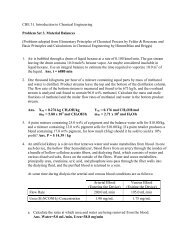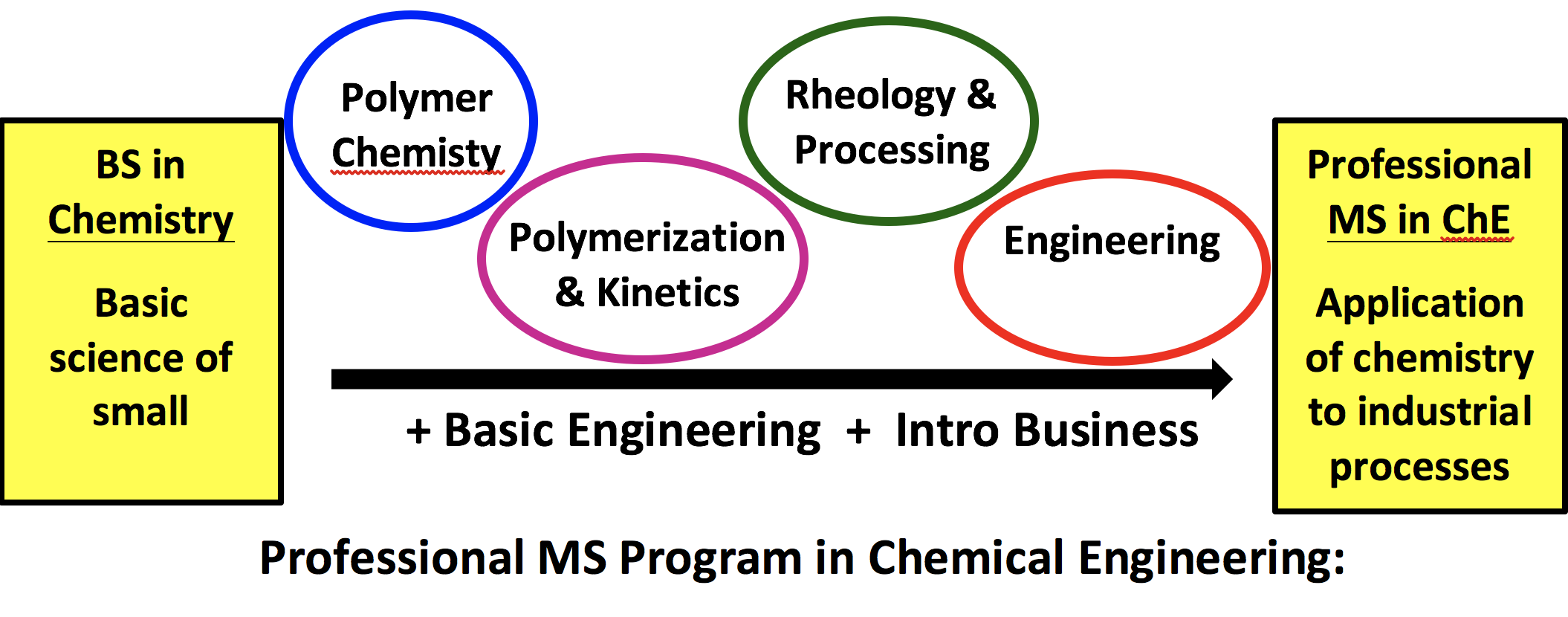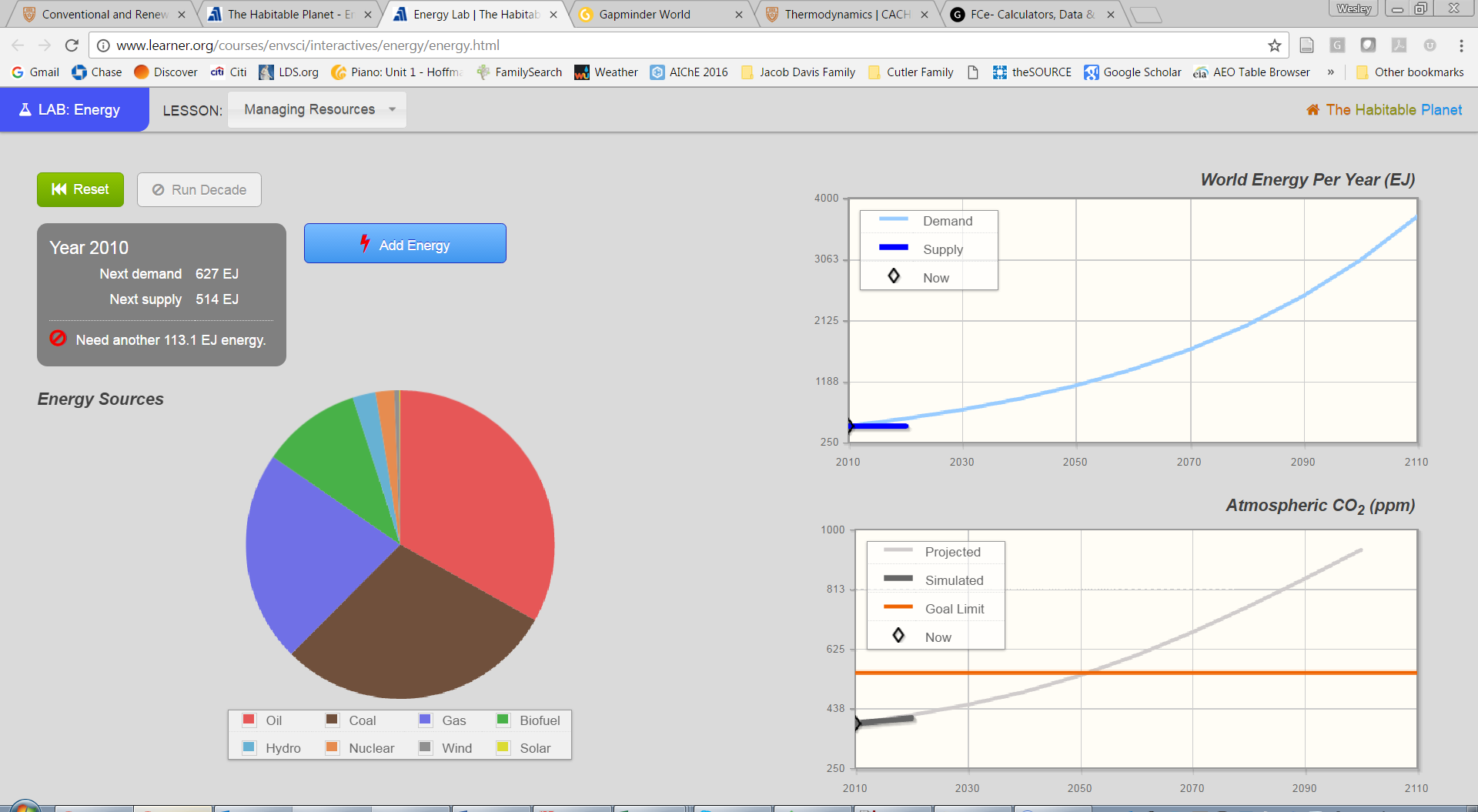The Chemical Engineering program is structured to provide the necessary background in mathematics and basic sciences (chemistry, physics and biology) with the intent of preparing graduates for the 21st Century. It includes a general education component consistent with the college and university requirements for the Bachelor of Science degree. The logic that underlies the sequence of the courses in each of these areas and the program educational objectives are described below. As part of the program, students must follow a strict policy of academic integrity.

Course Materials Che 31. Introduction To Chemical Engineering Processes


Subject Catalog. Humanities & Social Sciences. Anthropology; Art; Communication, Film & Theatre Catalog. This course provides an introduction to process safety at the undergraduate level so that the chemical engineering student gains an understanding of. SAChE® Certificate Program - Chemical Process Safety in the. Course Goals: The goals of this course are to introduce students to the field of Chemical Engineering, to introduce students to useful computational tools,and to demonstrate application of these computational tools to chemical engineering principles. Learning Outcomes: 1. Students will be able to solve an open-ended design project. Introduction to safety in chemical process industries – basic concepts, Case study: Bhopal gas tragedy. Introduction to Environmental Engineering basic concepts, Typical wastewater, air and solid waste management system.Case study: Effect of Aerial Spraying of Endosulfan on Residents of Kasargod, Kerala. Chemical Engineering courses from top universities and industry leaders. Learn Chemical Engineering online with courses like Materials Science: 10 Things Every Engineer Should Know and Energy Production, Distribution & Safety.
The program’s educational objectives are to produce graduates who will have the ability to attain high levels of technical expertise to enable their achievement in diverse chemical engineering practice and research, or in allied careers, prepare them for graduate level education, and enable them to be successful members of the professional community.


Course Materials Che 31. Introduction To Chemical Engineering Pdf
- General Education
A major goal of engineering is to contribute to the welfare of society. This contribution is best made when students have a broad understanding of the Humanities and the Social Sciences (HMNSS). This understanding is derived from the study of world history; political and economic systems; the ethnic, cultural, and religious diversity of the peoples of the earth; the arts and letters of all cultures; the social and natural sciences; and technology. Although not a formal part of the required HMNSS course of study for engineering majors, this understanding is strengthened by a stringent requirement in written communication (ENGL 1A, 1B, 1C).
The requirements in the Humanities consist of a minimum of three courses: one course in World History; one from Fine Arts, Literature, Philosophy, or Religious Studies; and one additional Humanities course. Breadth requirements in the Social Sciences are similarly structured: one course from either Economics or Political Science; one course from Anthropology, Psychology, or Sociology; and one additional Social Science course.
In addition, the campus breadth requirement in Ethnic Studies has the option of being incorporated into the above, or standing alone as an additional course. For depth, at least two Humanities or Social Science courses must be completed at the upper-division level and, at least two courses must be from the same subject area (for example, two courses in History), with at least one of them being an upper-division course.
- Mathematics and Basic Sciences
The environmental engineering curriculum is built on a foundation of courses in mathematics and the basic sciences, which are taken in the first two years at the university. The basic sciences and mathematics courses that were selected emphasize concepts and principles. Students acquire a strong grounding in Physics through PHYS 40A, 40B and 40C. Each of these courses includes an extensive laboratory component. At the same time, students take a variety of basic sciences courses or introductory engineering courses that will provide them with the breadth necessary to solve multidisciplinary problems. These include Programming (CS 10), Cell Biology (BIO 5A), for all students, and selected biochemistry and biology courses for students following the biochemical engineering and bioengineering options.
The chemical engineering curriculum is also based on solid grounds of chemistry. General chemistry education starts with the CHEM 1A, 1B and 1C series which include laboratories. The students then acquire theoretical and laboratory experience in organic chemistry (CHEM 8A, 8B and 8C), which are the same courses taken by chemistry majors.
During the first two years, students take five courses in mathematics that cover multivariable differential and integral calculus. These courses, MATH 9A, 9B, 9C and 10A and 10B, are followed by a course in ordinary differential equations, MATH 46. The basic mathematics knowledge will be later complemented with engineering mathematics and statistics in ENGR 118.
- Engineering Science
Most of the courses in engineering sciences are taken after the student has acquired the necessary foundation in mathematics and the basic sciences. Several courses help students to become proficient in computer programming and the use of computer software. The computer knowledge acquired in CEE 10/11 (taken as freshman) and CS 10 (Introduction to Computer Science) is later reinforced in ENGR 118 (Engineering Modeling and Analysis), where students formulate computer models for engineering systems. Most courses taught in the junior and senior years incorporate computer-based problems and projects.
Engineering topics taken either in the sophomore or junior years introduce students to the fundamentals of chemical engineering. Our curriculum incorporates solid foundations in transport phenomena, thermodynamics and breadth in unit operations, kinetics and process control. The chemical engineering curriculum emphasizes principles; however, each course trains students to carry the concepts forward toward creative applications. In the fall and winter of the sophomore year (junior year for transfer), students learn basic mass and energy balances in CHE 110A and CHE 110B (Chemical Process Analysis), before learning chemical engineering kinetics (CHE 122). The curriculum then focuses on Thermodynamics (ENGR 100, CHE/ENVE 130), Transport Phenomena (CHE 114 Fluid Dynamics, CHE 120 Mass Transfer, CHE 116 Heat Transfer), and selected option specific engineering courses. In the fall quarter of the junior year, students take ENGR 118, a five-unit course that teaches engineering numerical methods, formation of engineering models and their solutions through the numerical methods.
Advanced engineering topics taken by seniors include applications of transport phenomena in Separation Processes (CHE 117), which includes computer aided process design using professional software (SuperPro Designer), and Process Control (CHE 118). In addition, the curriculum allows the student to mold his or her program of professional specialty studies by allowing each student to choose from a number of technical electives. Examples of these electives include Catalysis (CHE 102), Analytical Methods for Chemical and Environmental Engineers (CEE 125), Chemistry of Materials (CEE 135), Technology of Air Pollution Control (ENVE 134) and Green Engineering (CEE 132) for the chemical engineering option; Biochemical Engineering Principles (CHE 124) and Laboratory (CHE 124L), Cell Engineering (CHE 140) for the biochemical engineering option; Biosensors (CHE 150), Biochemical Engineering Principles (CHE 124) and a variety of upper division biology for the students following the bioengineering option.
In the senior year, Professional Development for Engineers (CEE 158) exposes students to professional ethics, risk management and environmental health and safety, regulatory issues. One of the course objectives is to prepare students for transitioning to a successful career. The importance of lifelong learning and professional registration is emphasized.
- Laboratory Experience
As outlined in the previous section, engineering design is emphasized in each engineering course. Theoretical concepts are reinforced in laboratories.
The broad objectives of all laboratory classes are to reinforce concepts learned in lectures, provide hands-on experience in collecting data and operating engineering systems, challenge students in planning and conducting experiments, work in a team, and practice and improve technical writing and oral skills. The laboratory courses are based on the idea that students are in the best position to appreciate engineering experiments only when they have familiarity with the underlying theoretical principles. Thus, the first engineering laboratory course, CHE/ENVE 160A (Chemical and Environmental Engineering Laboratory), is offered in the Spring quarter of the junior year. This course is designed to train students in basic measurement techniques, and their application to fluid mechanics and mass transfer systems. Students perform seven out of the 10 available lab exercises on a rotating basis. CHE 160B and 160C work on a similar principle. CHE 160A is followed by CHE 160B (Chemical Engineering Laboratory), offered in the fall of the senior year, and CHE 160C, offered in the winter of the senior year. CHE 160B focuses on kinetics, reactor design and heat transfer. Students further practice physical measurements, experimental design, critical analysis of results, and preparation of engineering reports. Experimental design, critical analysis of results, and preparation of engineering reports is emphasized. When applicable, students are asked to compare their results with previously published ones, or to use their experimental data to size a unit operation, or conduct an engineering design exercise. CHE 160C deals with laboratory exercises in separation processes and in process control. Students are required to use their experimental data for scale-up purposes or for an application in engineering design.
Additional laboratory experience is acquired in CHE 124L (Biochemical Engineering Laboratory) for students following the biochemical engineering option, Analytical Methods for Chemical and Environmental Engineers (CEE 125) laboratories for students following the chemical engineering option, and advanced biology for students following the bioengineering option. Selected additional technical electives include a lab section as well.
For a majority of students, the senior design project (CHE 175A and 175B) offers another opportunity to perform laboratory work. In many cases, the design project requires students 1) to verify an assumption, 2) to determine the property of complex mixture, or 3) to construct a model system or a prototype for a proof of concept. The Department and the faculty have been supportive in terms of funding such laboratory work and the necessary resources have been made available. The process usually starts with the students analyzing their needs for laboratory work. They will then go through a decision making process for the selection of the materials, determination of the best experimental design, and development of the experimental protocol. Usually some device, equipment, or a pilot plant/reactor will be constructed. All the steps challenge the creativity of students and stimulate their analytical skills.
Further laboratory experience is often acquired by our students while conducting research with our faculty, either extracurricular activity (summer internship, or part-time research assistantship during the academic year) or for course credit through CHE 190 Special Studies. This provides one more opportunity to acquire advanced laboratory skills in emerging research areas.
- Design
Most CHE courses and labs incorporate design, which addresses real-world problems with solutions that require creativity and consideration of alternatives to achieve objectives. Most students are introduced to the concept of design in their sophomore or junior year through individual design projects, for which students are asked to design a system or a component that satisfies specified constraints.
Examples of courses that include a specific design project include, but are not limited to, Fluid Mechanics (CHE 114), Heat Transfer (ENGR 116), Engineering Modeling and Analysis (ENGR 118), Separation Processes (CHE 117) and Process Control (CHE 118). Specific design projects are based on material covered in the course. The design usually includes the following components: a) converting the design problem into quantifiable statements, b) formulating the equations that govern the design, c) developing assumptions necessary for solving the problem, and collecting the necessary information from vendors, books, publications, etc., d) selecting a method for and solving the design problem (analytically, numerically), e) critically reviewing and optimizing the design including ethical concerns and operation and maintenance considerations, and f) writing a summary report, and in select cases presenting results in front of the class.
These individual design projects prepare students for the capstone design project. The culmination of the students’ design experience is the two-quarter capstone design course, CHE/ENVE 175A and 175B, in which students draw upon various aspects of their previous engineering science and design knowledge to address a meaningful design problem. Students learn to define the objectives (in a global context), explore possible options, plan and conduct experiments if needed, formulate preliminary solutions, and evaluate proposed alternatives with respect to economics, feasibility, societal, health and safety impacts, and sustainability.
This approach may require a number of iterations before a final comparative solution is achieved. Senior design projects are always team projects (usually three students). Chemical and environmental engineering students are encouraged to form mixed groups to promote diversity and a multidisciplinary approach. CHE 175A and 175B are run in a very professional manner. Each team maintains a chronological log of project work (to demonstrate the evolution of their design), submit timesheets and bimonthly reports consisting of 10-minute oral presentations (similar to an internal review in a consulting form) and a 1-3 page technical memo.
Bimonthly oral presentations as well as an end-of-first-quarter team oral presentation (15-20 minutes) are critiqued to provide feedback for developing effective communication skills. The first quarter (CHE 175A) focuses on project (concept) analysis, preliminary evaluation (economical and technical), data and literature collection, preliminary process design and evaluation, and becoming functional in simulation software packages such as PROII and SuperPro for modeling of an entire treatment plant.
The first quarter also includes risk analysis, occupational health and safety of treatment systems, environmental and ethical concerns, sustainability concepts and operation and maintenance considerations. The second quarter (CHE 175B) of the capstone design course focuses on the detailed engineering design of the process (equipment sizing and specification, etc.), comprehensive profitability evaluation and process optimization, in addition to ethics issues in the profession. In some cases, students build a prototype of their design concepts and prove the concept by laboratory experiments and obtain the kinetics of a treatment system required for scaling up to a full-scale system using simulation software to model steady state processes.
Monitoring and assessment of ethical professional conduct are done with written and confidential self-group assessments, which are provided to the instructor and done twice each quarter. This provides students with a means to learn to work productively in teams by addressing professional and personality issues that may arise throughout the capstone design course, much like conflicts that arise in a real world setting. The course concludes with a formal oral presentation (30-40 minutes), which is evaluated by the faculty, and a comprehensive written technical report.
